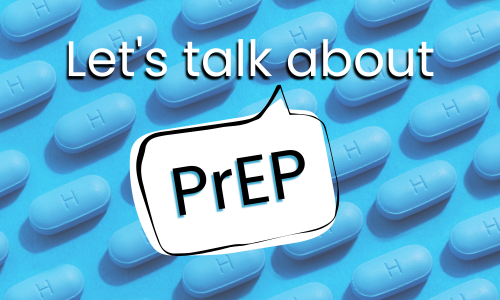Gaining insight into an LGBTQ+ patient’s sexual health history is essential for assessing their HIV risk and determining if Preexposure Prophylaxis (PrEP) is something they might need. The Centers for Disease Control and Prevention (CDC) has a comprehensive guideline called the 5Ps method, which stands for Partners, Past STIs, Practices, Protection, and Pregnancy. This tool helps healthcare providers evaluate patients’ risk levels and figure out if they’re a good fit for PrEP.
The effective employment of the 5Ps method also necessitates cultural competence, which refers to the ability to understand and respect the cultural beliefs, values, and practices of diverse individuals and communities. When providers foster an inclusive atmosphere, patients feel more comfortable chatting with them. That means providers get a more accurate picture of the patient’s sexual health, which in turn helps craft better HIV prevention strategies.
The Power of the 5Ps Method for PrEP Assessment
The 5Ps method allows healthcare providers to dissect the intricate dynamics of each patient’s unique lifestyle, behaviors, and experiences, thereby paving the way for a more personalized, effective strategy for PrEP use:
- Partners: If a patient’s partners have HIV, use injection drugs, or engage in risky behavior, the patient’s HIV risk goes up. That’s when PrEP could come in handy as a preventive measure.
- Past STIs: Previous STIs can be a red flag for potential HIV risk because they spread in similar ways. Patients with past STIs may be having unprotected sex, which opens the door for HIV. Plus, some STIs can create sores or inflammation that make it easier for HIV to sneak in.
- Practices: Unprotected sex, particularly anal sex, and injection drug use with shared equipment can both up the risk. Knowing this, providers can chat about how PrEP, along with other harm-reduction strategies, could lower that risk.
- Protection: Regular condom use reduces the risk, but it doesn’t completely rule it out. If a patient is inconsistent with condom use, or doesn’t use them at all, PrEP could be an essential piece of their HIV prevention plan.
- Pregnancy: If a patient could get pregnant and their partners have HIV, PrEP could be crucial for safer conception, pregnancy, postpartum, and breastfeeding.
Cultural Competence in PrEP Consultation
Cultural competence is super important in assessing risks and prescribing PrEP. Here are a few ways healthcare providers can show cultural competence and respect for their LGBTQ+ patients.
First off, if providers use the names and pronouns that their transgender and non-binary patients prefer, it shows their respect for the identities of these patients. For example, using a transgender patient’s chosen name and pronouns, no matter what they look like or what society expects, sends a clear message of respect and inclusion.
Another way to show acceptance is by creating a welcoming environment for the patients. This could be as simple as hanging posters or laying out brochures that represent all kinds of people. Plus, having intake forms that let patients self-identify their gender and sexual orientation shows the provider acknowledges and respects their identities.
Asking open-ended questions is another great tool to get to know the patients better. Instead of bluntly asking about risky behavior, providers could ask something like “Can you tell me about your experiences with substance use?” This approach lets patients open up more, which builds trust and strengthens the connection with patients.
Lastly, the patients must feel assured that their information is safe with the provider, especially those patients who may not be openly LGBTQ+. By clearly explaining the privacy policies and handling sensitive info with care, providers can foster a secure, trusting relationship with their patients.
Take your curriculum to the next level by adding relevant practice with an SP (standardized patient) of lived experience. We feature two scenarios, each designed to bolster your skills in HIV prevention and sexual health history collection using the 5Ps method. The first scenario focuses on the nuances of handling sensitive topics while discussing PrEP with a transgender patient. The second scenario centers on a broader exploration of HIV prophylaxis and treatment plan development with a gay male patient. Both scenarios emphasize culturally sensitive care and offer an interactive learning experience with immediate feedback. Click the links to discover these enriching human simulations and elevate your medical practice.

